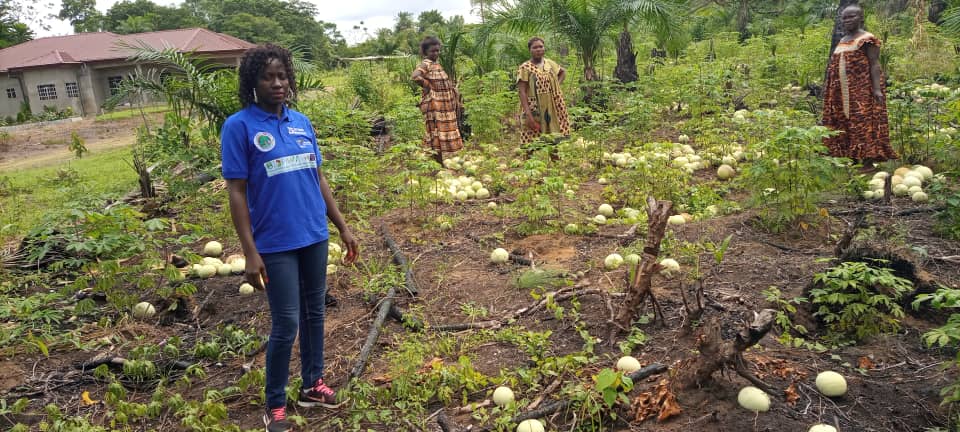It consists in bringing together community members and creating mixed and free groups according to their social preferences. AVECs are created in villages whose populations more or less meet the following criteria: proximity to protected areas, potential impacts of community activities in protected areas, importance of the community in the circuit of movement of goods and people, their willingness to take part in the project. Once most of these conditions have been met, the team meets the community with the permission of the traditional authorities, and a community mobilization meeting is scheduled.
During the meeting, the project's objectives are presented to them, and they are given a period of reflection so that they can re-examine the project and decide whether or not to join. If they decide to join, the team accompanies them through the process of setting up the AVEC, which operates as follows:
- Weekly or monthly meetings at their convenience
- A statute and rules of procedure are drawn up
- A board of 5 to 7 members elected each year
- AVEC has 15 to 30 members
- Loans with interest are authorized
- Savings and profits are distributed to members in proportion to the shares saved.
